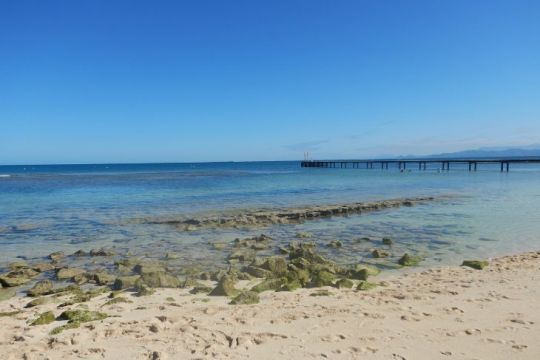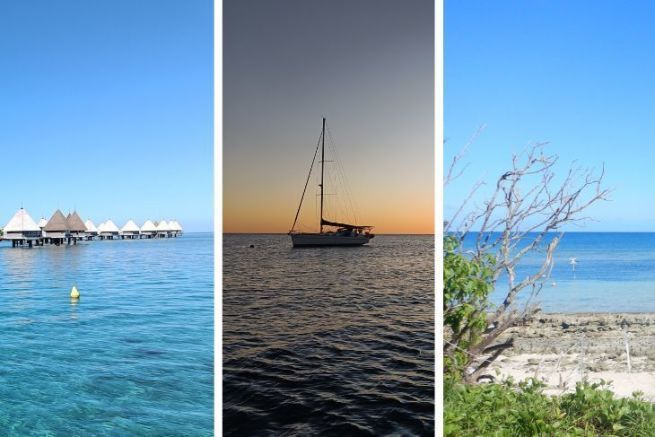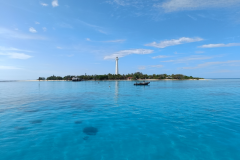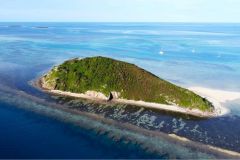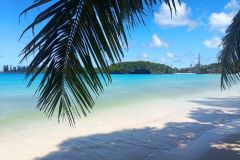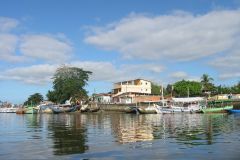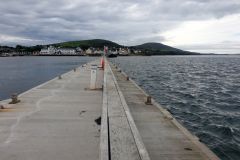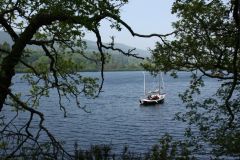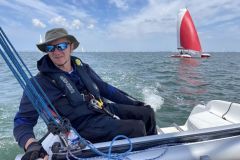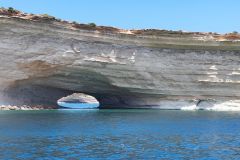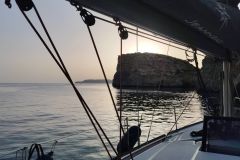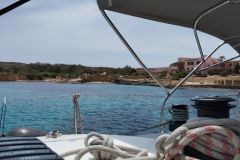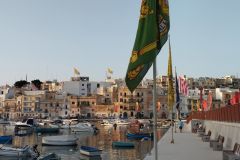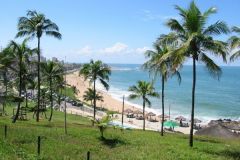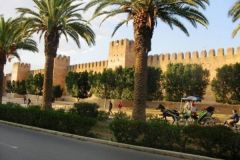Islets, protected natural spaces
Lagoon fish, turtles, rays, sharks, dugongs, striped tricolored fish, seabirdsâeuros¦ in the Neo-Caledonian lagoon, the fauna is particularly rich. With the local flora, they constitute a whole environment to be preserved, notably from human activity and tourist frequentation.
Some reminders to preserve the islets and to behave as a boater:
- When you arrive, prefer to use the mooring buoys, set up to avoid damaging the coral or sea grass. Beautiful facilities have been built at Maître, Larégnère and Signal to facilitate the activity of pleasure boating, and to allow the reception of boats without damaging the sea bed. With a shallow-draft motorboat, you can anchor in the sand as close as possible to the beaches.
- On land, common sense rules apply: Do not feed or disturb the species, respect the prohibitions of passage linked to the nesting areas, do not take anything either on land or in the water, do not make fire outside the designated areas, do not fly a drone. Fishing and hunting are forbidden and you must leave with your waste after your passage.
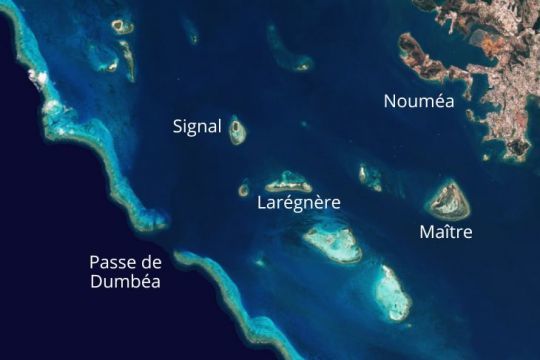
L'îlot Maître, for water sports
Only 3 miles from Noumea, the islet Maître is the closest to Grande-Terre. The round trip is easily done by motorboat or by sailboat for the day.
Upon arrival at the anchorage area, we see the hotel overlooking the lagoon. It has many bungalows. Some of them, on stilts and planted in the sea, make the reputation of the islet. A landing stage regularly welcomes staff, hotel guests or day visitors coming by taxi-boat.
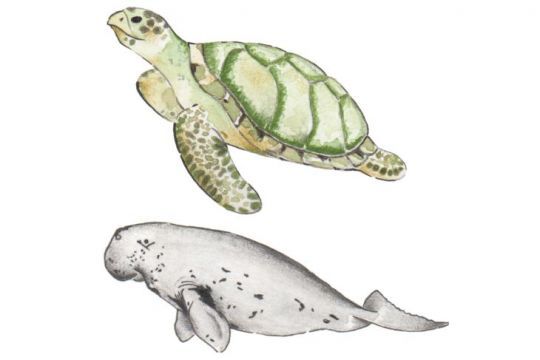
A white sand beach surrounds the islet Maître. During the walk, you will discover dozens of turtles that feast on the sea grass and make a spectacle of themselves at the water's edge. The dugongs come to the anchorage area!
The eastern part of the island is exposed to the wind and the large surface of the beach prevents the formation of waves. It is the ideal place for kite-surfing! On the west side, it is possible to take advantage of the hotel's services and to rent a pedal boat or a jet-ski.
At the end of the afternoon, the boats desert the anchorage area, the island becomes less frequented and it is the terns that take advantage of the pool of the four star hotel� proof that the îlot Maître is a Sustainable Resource Management Area who succeeded in his bet.
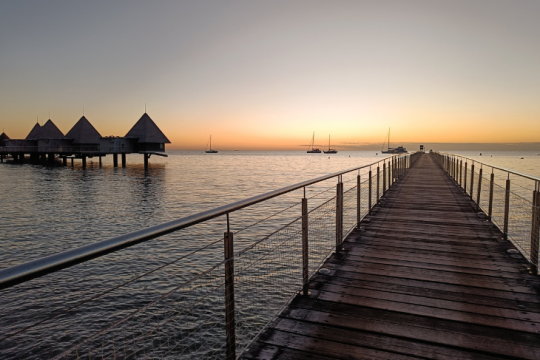
The Larégnère island, for the escape
Larégnère is located a little more than 7 miles from Nouméa. The anchorage area to the west of the islet is also composed of several buoys to moor.
On the islet, there are only toilets, several tables sheltered from the sun and a few fireplaces for visitors to picnic. Here too, people come mainly for the day to enjoy the beach and the turquoise water of the lagoon.
All around the anchorage area, some coral patches are an opportunity to snorkel. In the middle of the nature reserve, depending on the visibility, it is possible to see a great variety of tropical fish, rays and sharks, and surely some turtles.
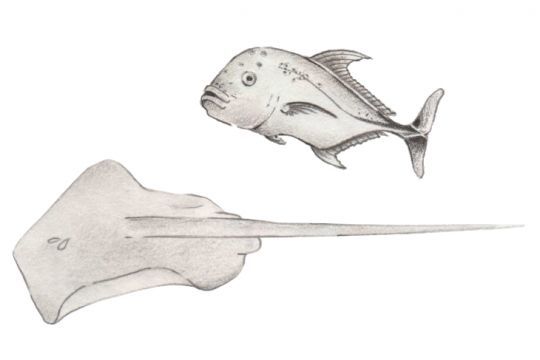
Larégnère is the perfect destination to get away from it all: if the islet is quite frequented during the day by Nouméans coming by taxi-boat or motorboat, in the evening there is a good chance that you will be alone at anchor.
Another particularity of the place: at low tide by high coefficients, the surface of the islet increases from 1.3 to 149 hectares! The important plain which surrounds the islet is impressive, and deserves to be known.
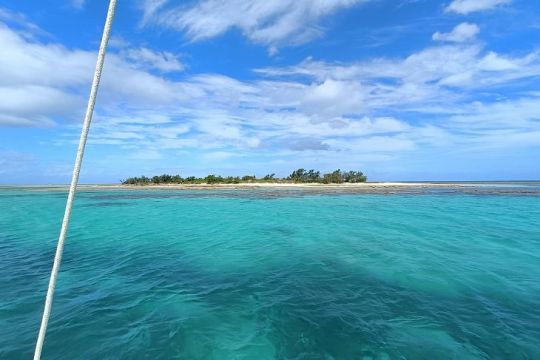
L'îlot Signal, for an unusual night
Signal is located 8 miles from Nouméa. It owes its name to the sea wall erected on the islet by Tardy de Montravel in 1854 to signal the Dumbéa channel: a 10-meter high construction, first made of wood and coral, renovated several times and now plastered with lime.
The anchorage area is located on the west side of the island. The landscape is composed of a long landing stage, where visitors disembark by taxi-boat at sunrise.
On land, a pedestrian walkway has been laid out through the vegetation, and allows you to go around the islet by the interior. Along the way, one can discover the remains of the maritime marker and the installations used to build it.
Farés to get in the shade, tables to picnic, toilets and many quiet corners to pitch your tent in the white sandâeuros¦ The island offers particularly comfortable facilities, for the day or for the weekend. It is the ideal place to meet in groups, with family or friends and to live memorable moments in the heart of the reserve.
